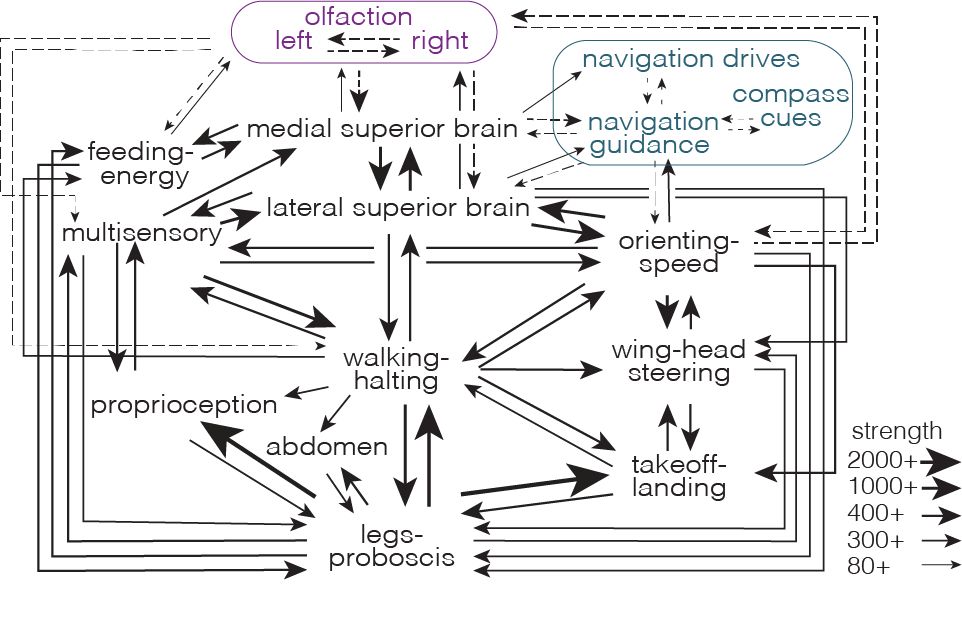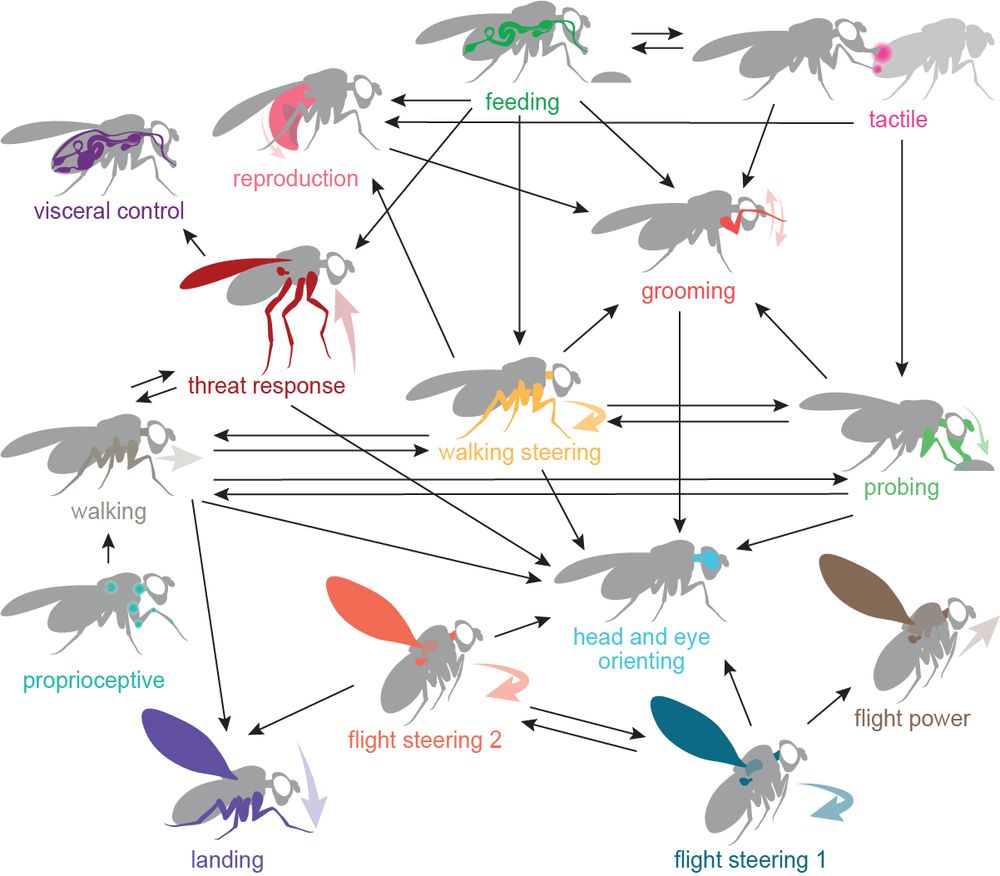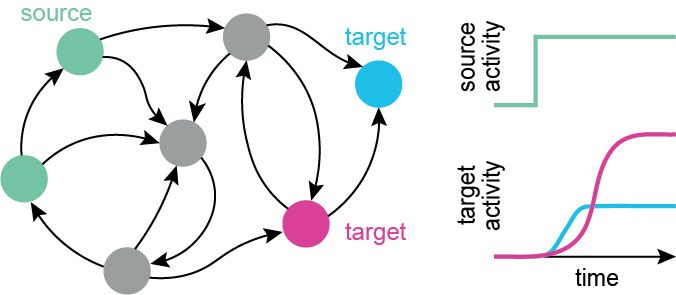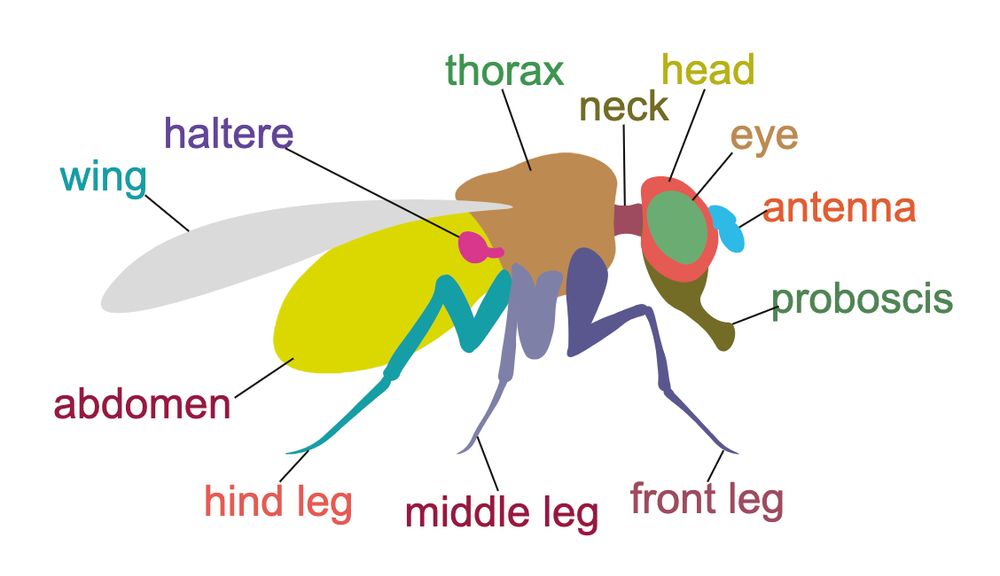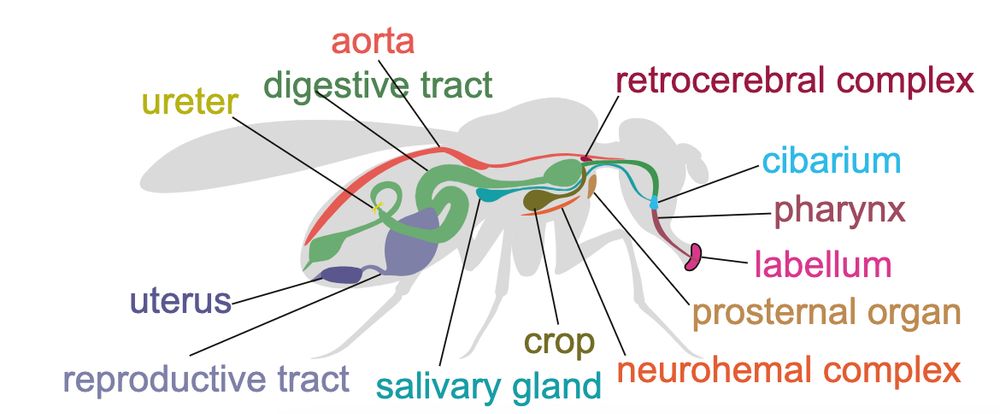Wei-Chung Allen Lee
@darbly.bsky.social
1.2K followers
870 following
52 posts
circuit motifs of action selection, execution, & refinement | functional connectomics | assoc prof | lee.hms.harvard.edu
Posts
Media
Videos
Starter Packs
Reposted by Wei-Chung Allen Lee
Reposted by Wei-Chung Allen Lee
Reposted by Wei-Chung Allen Lee


